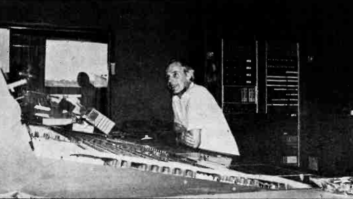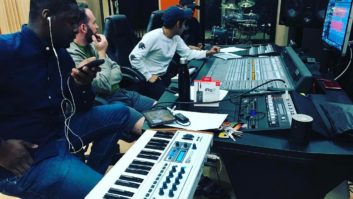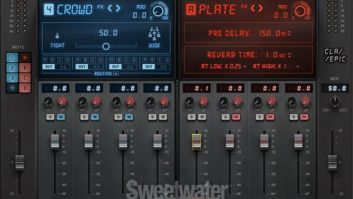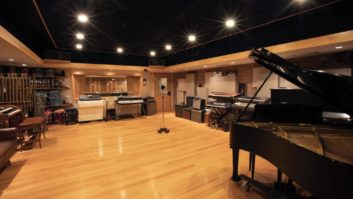
Public libraries are under financial attack these days, perpetually seen as easy targets for budget cuts that are rationalized with the blithe quip, “We have Google now; what do we need them for?” In extreme cases, you wind up places like the City of Birmingham in England, where politicians spent £188 million on a new library; a year later, they cut funding so sharply that the library had to beg the public to donate books because it couldn’t buy any itself.
The bitter irony, of course, is that many libraries’ most-frequent users are the poor, who can’t afford computers, internet access and the rest that goes into being a part of 21st Century society. Libraries are often the only place they can gain access to these increasingly basic utilities, and the only place they can gain or maintain the skills to use them—skills that are often prerequisites for employment these days.
So what does this have to do with pro audio?
Faced with changing demographics, shrinking budgets and yes, dwindling book-circulation numbers, many quick-thinking libraries have begun reinventing themselves by adding Maker Spaces: tech-savvy facilities that provide everything from graphic-arts software like Photoshop and InDesign (and classes on how to use them) to 3D printers to simple—but sometimes complex—recording spaces.
While the rise of inexpensive pro audio gear has made it easier for people to create their own recording spaces, that equipment can still be frustratingly out of reach for those in poor neighborhoods. By making these recording facilities available to musicians or aspiring engineers for free, these libraries may help patrons make a demo for getting gigs, or simply keep kids off the streets. Discussing the Memphis Public Library’s space, Cloud 901, teen services coordinator Janae Pitts-Murdock told local TV station Fox13 [CLICK FOR VIDEO], “Teens who have that creative spark, who have that innovative spark, can have a place to hone those skills, to develop some 21st century skills, and it’s an alternative to idle hands after school hours.”
Recording at the library is a trend that’s catching on across the U.S.—in St. Louis, the Central Library opened its own recording space in May, 2014, where it became an instant hit with patrons [CLICK FOR VIDEO]. In its first 15 months, more than 2,000 people used their library cards to book free time in the studio. “We`ve got young people coming in here working on music, older folks doing histories and poetry projects and recording for their community groups. The amount of products coming out is amazing and the diversity is even more amazing,” Rob Tygett, manager of Digital Library Services, told local station KPLR.
Libraries have always been there to serve their communities, and by embracing new technologies, they’re still doing that, albeit in new ways. At the same time, this seemingly radical move is helping these institutions prove that they’re still relevant—and necessary—in the modern age. Will the next generation of engineers get its start with a library card? You never know.






